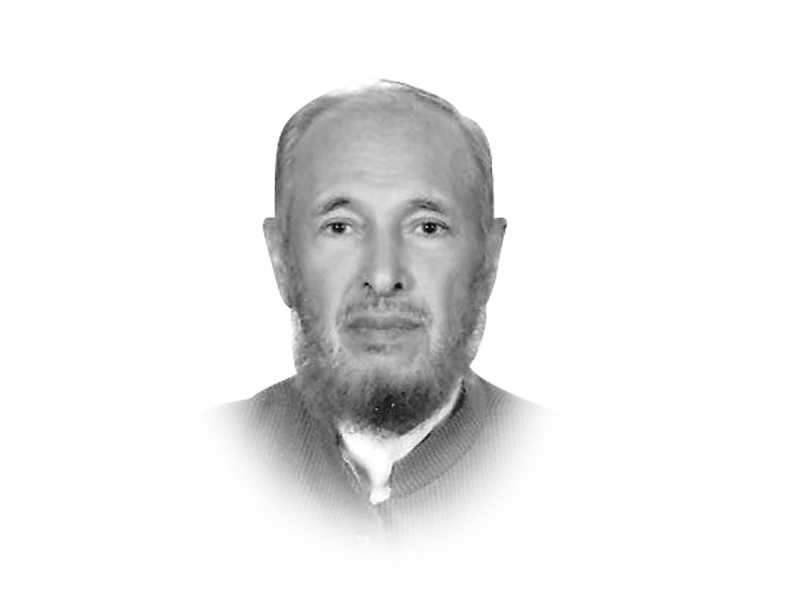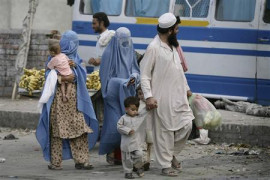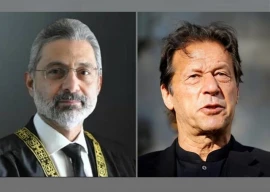
The 28-member Nato alliance, in its summit in Warsaw last month, pledged to extend its support to Afghanistan until 2020. This was an expected outcome of the two days of deliberations that were focused mainly on meeting security challenges of member countries, especially those of eastern Europe. Nato’s promise to stand by the Afghan government was badly needed by a beleaguered Kabul regime that is deeply mired in crises ranging from insecurity, insurgency, a weakening economy, the flight of people and a sense of despondency that leaves little room for hope in the future of the country.
The total quantum of Nato assistance to Afghanistan is around $5 billion, out of which the US alone contributes about $3.5 billion. The summit pledges would be good news for the government in Kabul primarily for two important reasons. First, a clear message would go to friends and foes alike that the Afghan government has the overwhelming support of the world and that it cannot possibly be intimidated or overpowered by the forces of insurgency. And two, the Afghan government would conveniently outsource responsibility for security to the Nato forces and would be in a position to focus on a myriad of other pressing issues facing the war-torn country .
But does the support of Nato really help Afghanistan and its people? External assistance, both military and economic, has been an indispensable factor in the US-designed set-up for Afghanistan since 2001 when it intervened militarily in the country. It was assumed then that inflows of foreign funding and a comprehensive and institutionalised engagement with Afghanistan by the world community at all levels would help create conditions that would transform the country. An economically sound and politically stable Afghanistan, it was claimed, would be a beacon for other countries. But there was also the idea of using Afghanistan as a hub for substantial US military presence in order to help in the containment of China, keeping a closer watch on Pakistan’s nuclear programme and maintaining a menacing military presence on Iran’s eastern border .
These goals have not been achieved in one of the longest conflicts that the US has been involved in. External funding to the tune of more than $80 billion over the last 15 years has not made any significant change for the better. A war that has cost about $1 trillion has not dented the insurgency. More than 45 nations with their mighty arsenals of the most sophisticated weapons have not caused the ill-fed, untrained and ill-equipped militants to retreat or be overwhelmed. Afghanistan today presents a spectacle of a nation that is bruised, tormented, divided, having lost its direction. Some of the socioeconomic indicators are horrifying; unemployment is nearly 40 per cent; in 2015, more than 200,000 Afghans left the country to join the flood of Syrian and Iraqi refugees on their way to Europe — many drowning in the sea; there are now more than one million drug addicts; nearly 50,000 children are begging on the streets of Kabul; the year 2015 was the deadliest for government security personnel as more than 5,000 were killed in fighting.
The Nato summit did not reflect on these and many other critical statistics that reveal the depth of the pain and suffering of the people. Nor did it focus on the other equally worrying dimensions of the problem. The widespread corruption, and the excesses committed by erstwhile commanders, warlords and governors impinge on the quality of administration they deliver. There was apparently no time to consider how and why many military convoys — of both Nato and government security forces — have to pay taxes to militants during their movements and travels in the country. Providing financial resources while ignoring grim realities is not going to help. It prolongs the agony unless there is a clear roadmap for a negotiated settlement, rooted in the recognition of ground realities and one that reflects the aspirations of the people.
There is no movement in that direction. After the killing of the Taliban chief in a US drone strike inside Pakistan, the Quadrilateral process is as good as dead. President Obama called the death of the Taliban chief a “significant milestone” in the war in Afghanistan. That effectively sealed the fate of the ‘peace’ talks.
With the prospects of peace receding and in the face of a spreading insurgency, hopes for any possible breakthrough in peace negotiations have vanished. Pakistan, sadly, has no formula to offer. Islamabad should have been endeavouring to seek a possible consensus that would revolve around the following objectives: an agreement in principle on future governance structures; terms on which to mainstream the Taliban; constituting a commission — representing all groups, factions, ethnicities, regions — that suggests amendments to the Afghan constitution; an agreement in principle on the need and practicability of a new government that would represent all segments of Afghan society; creating a framework for the withdrawal of all foreign forces; and an engagement with the international community for long-term assistance that will be aimed at resuscitating political and economic institutions, crucial for political stability.
China, Saudi Arabia and Turkey can play a role in helping to bring about a consensus on a possible peace formula. Pakistan’s role, for a host of reasons, would remain extremely relevant. But since there are enormous suspicions inside Afghanistan regarding Islamabad’s motives (mostly unfounded), it would help the cause of peace if China were to assume a more central role in future negotiations. For many reasons, even the Taliban would place more reliance on China’s mediatory efforts. The people of Afghanistan are fatigued as a result of a conflict that has devastated their country and are desperate for normalcy to be restored. It would appear that there are few who are listening in the world community.
Published in The Express Tribune, August 4th, 2016.
Like Opinion & Editorial on Facebook, follow @ETOpEd on Twitter to receive all updates on all our daily pieces.
































































COMMENTS (10)
Comments are moderated and generally will be posted if they are on-topic and not abusive.
For more information, please see our Comments FAQ